ERLA’S DIRECTORY – Section 1.4
SPACE WHERE ERLA MEMBERS CAN SHARE KEY RELEVANT FACTS, IDEAS, CONCEPTS AND FINDINGS
VERBAL HIGHLIGHTS
|
FACTS |
||
| 5th ERL Conference (21-22 June 2022) | Educational Role of Language. On Pedagogy and Linguistics Joining Forces. Constantine the Philosopher University in Nitra, Slovakia | 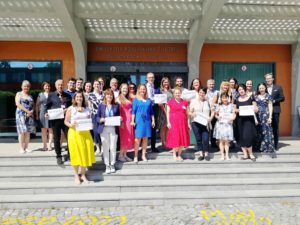 |
| 6th ERL Online Session (16-17 November 2022) | Teaching and Learning At A Challenging Time | 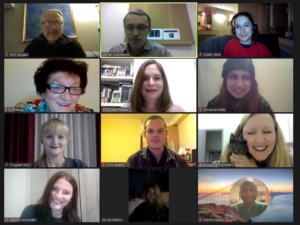 |
| Publication of ERL Journal Volume 2021-1(7) | Placing Language in the Centre of Schooling. Sections: Centralising spoken and written text. Centralising language-oriented methods and practices | |
|
IDEAS |
||
|
Linguistic diversity – Individual (music-like) Diversity |
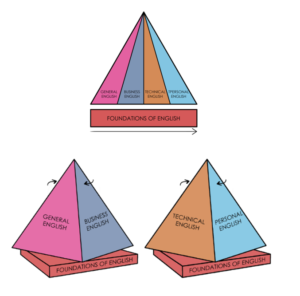 |
Compose Your Own English – language teaching strategy based on the idea of dversity resulting from learners creatively combining two types of language components: on the one hand, fixed expressions (collocations, the common word order etc.) gradually progressing in their complexity and difficulty (like well recognisable pieces in the world of music), and, one the other hand, innovative word combinations, thematic blends falling into different subjects or arears, the familiarity with and the choice of which depends on learners’ particular aspirations and interests, To find our more, go to CYOE approach. |
|
Two-tier (edicational-cum-lingusitic) thematic diversity |
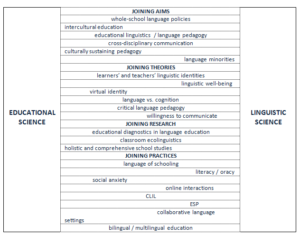 |
ERLA’s realm of interest – comprising Scope Minor and Scope Major – covers a wide range is issues, with some being traditionally viewed as being closer to educational science, and others – falling rather into the linguistic domain. Still other issues can be considred as located “half way” in between the two legs of ERLA; As presented via the last ERL Conference’s material, our intention is to get the two sciences to join each other on the level of aims, theories, research, and practices. |
VISUAL HIGHLIGHTS
|
CONCEPTS |
||
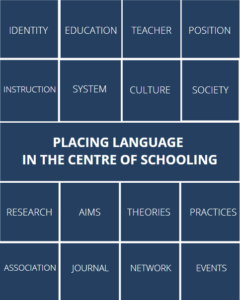 |
ERLA’s 4×4 Matrix |
from 4 ERLA’S PREMISES
to 4 LEVELS to 4 DIRECTIONS OF DEVELOPMENT to 4 ERL INITIATIVES
|
|
FINDINGS |
||
|
Diversity in the treatment of ORACY across countries |
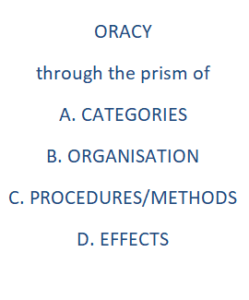 |
ORACY as a crucial linguistic and educational concept proves to be treated differently on miltiple levels, including school curricula (what terminology is used, how “visible” oracy is in the whole documents, what methods are recommended, and what effects expected. Under the (Polish-Portugal) ORISC project, a comparison was performed, showing oracy to be viewed significantly different, which has far-reaching educational (and professional) conseuqences. |